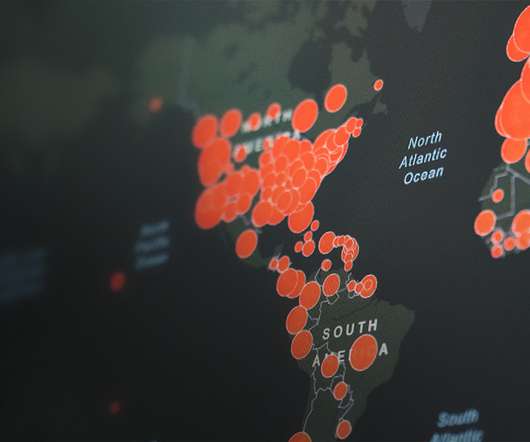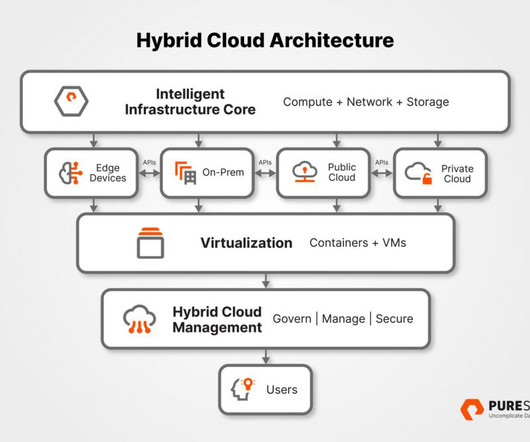Data science vs data analytics: Unpacking the differences
IBM Big Data Hub
SEPTEMBER 19, 2023
Those who work in the field of data science are known as data scientists. This iterative process is known as the data science lifecycle, which usually follows seven phases: Identifying an opportunity or problem Data mining (extracting relevant data from large datasets) Data cleaning (removing duplicates, correcting errors, etc.)














Let's personalize your content